Creating Alien Landscapes: Building Unique Sci-fi Game Worlds
14 February 2025
When it comes to sci-fi games, there's one thing that can make or break the entire experience: the world. Think about it—what’s the first thing that pulls you into a game? Sure, the gameplay matters, but if the environment doesn’t feel unique, it’s just another forgettable pit stop on the gaming highway. Alien landscapes are where creativity shines. Whether it’s a glowing, mushroom-filled jungle or a storm-ravaged desert with three suns, the setting acts like a stage that gives your game its personality.
So, how do you go about building a sci-fi world that feels fresh, immersive, and—let’s be honest here—totally alien? Stick with me, and let's dig into the weird and wonderful process of creating alien landscapes for your game.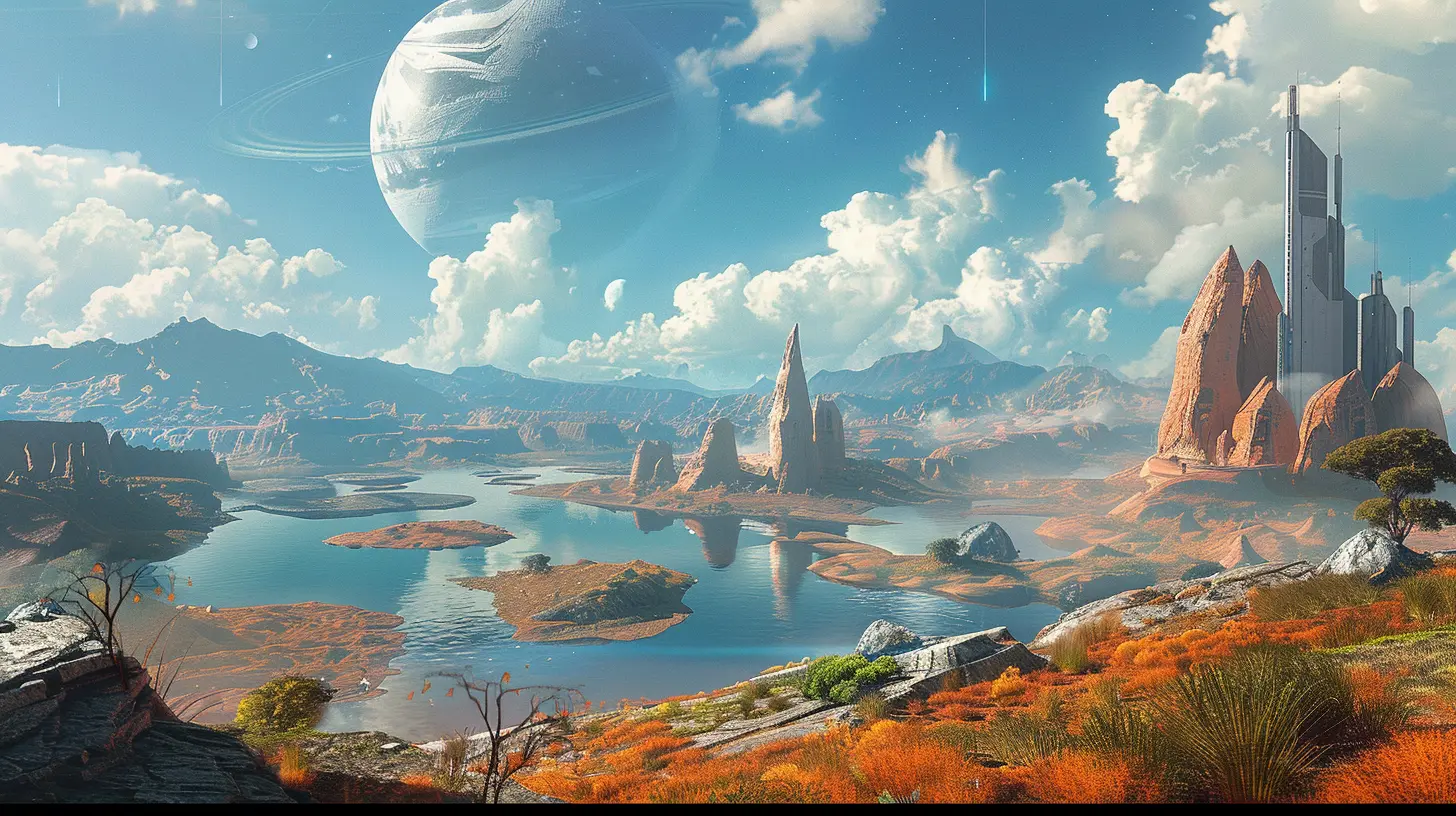
Why Alien Landscapes Matter (Spoiler: They’re the Star of the Show)
First off, let’s address the obvious: your alien world isn’t just a pretty background. It’s a character in its own right. Think about games like No Man’s Sky, Mass Effect, or Starfield. The worlds these games take you to are more than just places—they’re experiences.Alien landscapes give players a reason to get lost, to pause and take in the scenery, to wonder what might be over the next ridge or behind that eerie glowing tree. A flat, lifeless world? That’s a one-way ticket to "meh." But a world that feels alive? That’s what gets players hooked for hours.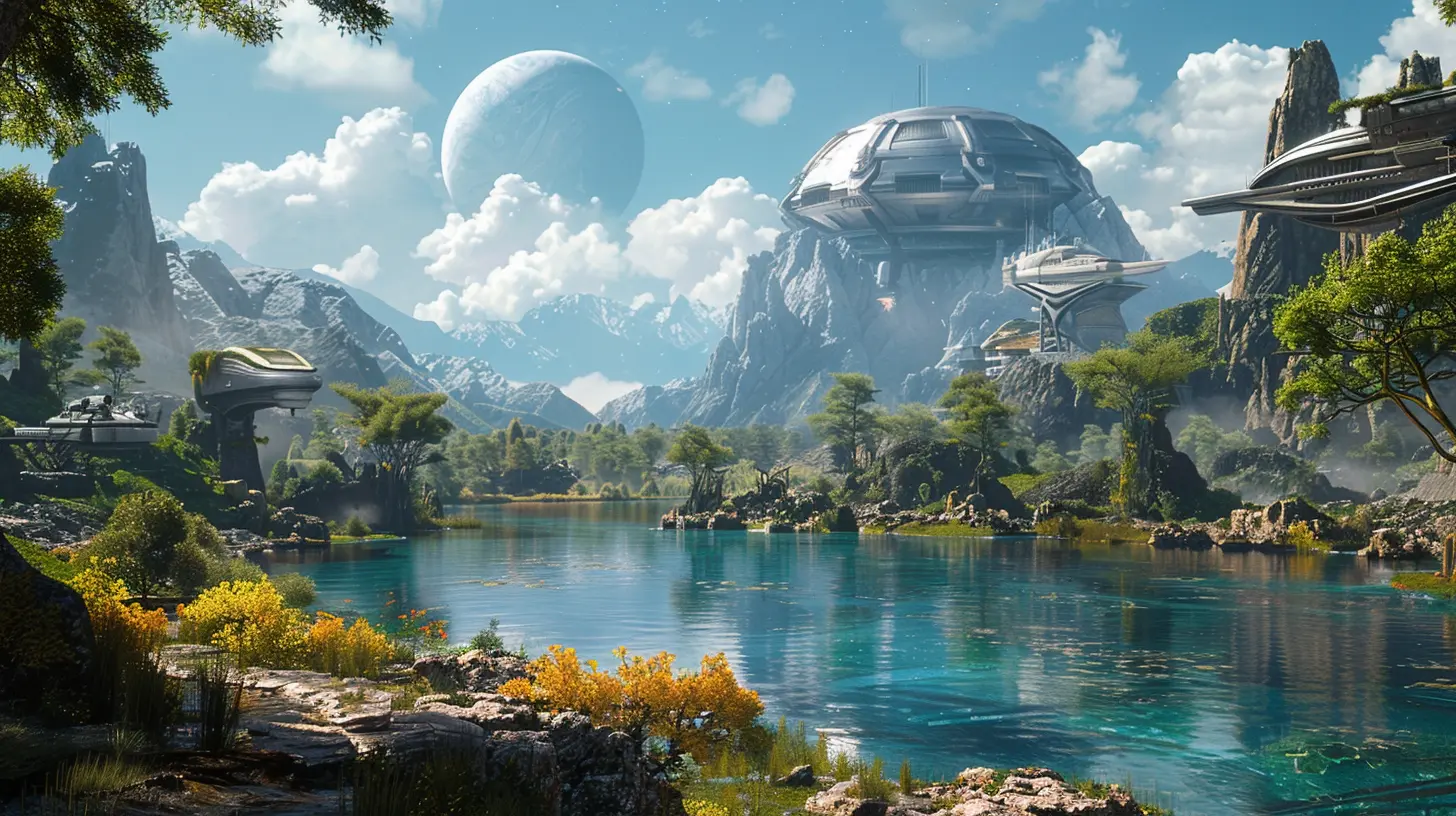
Step 1: Start With a Wild Idea (Don’t Hold Back)
Creating an alien world begins with imagination. You don’t necessarily need to be a sci-fi guru or a geologist to come up with something cool. Just ask yourself: “What if…?”- What if a planet was covered in oceans of liquid nitrogen?
- What if the trees were bioluminescent and screamed when cut down?
- What if gravity wasn’t constant, causing floating islands to bob up and down like buoys?
The key here is to let your imagination go wild—no judgment allowed. Alien landscapes don’t need to adhere strictly to the rules of Earth physics. After all, this isn’t a documentary; it’s a work of art. Borrow weird ideas from nature, science fiction, or even your own dreams. The weirder, the better.
Step 2: Build Around the World’s Core Story
Every great alien landscape has a story baked into it. Think of the terrain as a visual diary of what’s happened there. Was there a massive war that left the surface scarred and barren? Is the planet slowly being consumed by a powerful black hole? Maybe the inhabitants harvest a rare crystal found only in their world, shaping the environment to accommodate their needs.When your world has a backstory, its design makes sense. It feels purposeful. Even the smallest details—like why a canyon glows at night or how strange wind patterns create spiral-shaped dunes—can help immerse players.
Here are a few questions to kickstart your creative juices:
- Why does this world exist?
- Who (or what) lives here?
- How does the environment shape its inhabitants?
By answering these questions, you’re not just throwing random ideas on the canvas. You’re creating a world with depth—and trust me, players notice that.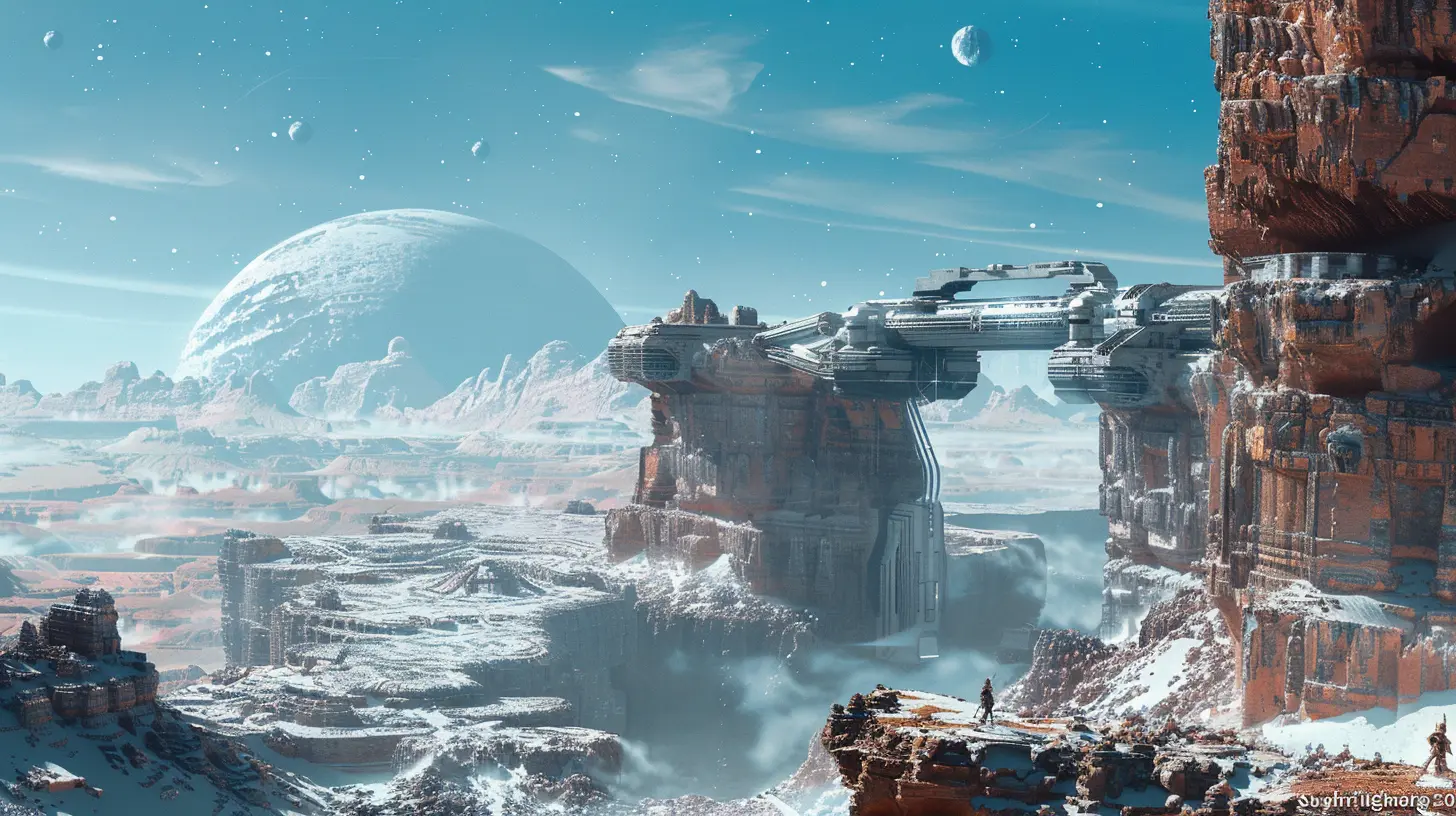
Step 3: Colors, Textures, and Atmosphere (Your Palette Matters)
Want to hear something interesting? Colors and textures can make or break the vibe of your alien landscape. Think about it: a planet drenched in neon greens and blues gives off an entirely different energy than one that’s all rusty oranges and browns. The color palette sets the tone for the player’s experience.Here are some tips:
- Use vivid, contrasting colors to make the world feel otherworldly. For example, purple grass under a teal sky? Yes, please.
- Incorporate strange textures—think scaly rocks, honeycomb-like ground, or slimy, translucent plants.
- Play with the atmosphere, too. Maybe the air shimmers like water, or the horizon bends in unnatural ways.
These cues clue players in that they’re somewhere far, far from Earth.
Step 4: Sprinkle In Flora and Fauna That Makes Players Stop and Stare
Alien worlds aren’t just dirt and rocks (unless you’re going for Mars vibes, and even then, spice it up a bit). Adding unique plants and creatures makes your world feel alive. But here’s a pro tip: don’t just slap random stuff into the landscape. Try to make everything cohesive.For example:
- If your planet has high levels of radiation, maybe the plants are covered in reflective metallic leaves.
- On a dark world, organisms could glow in the dark to lure prey—or avoid predators.
- A planet with heavy rainfall might have towering trees with umbrella-like canopies, shielding the ground from constant water.
Treat your flora and fauna like puzzle pieces—they should fit naturally into the bigger picture. Plus, players love these small details. Who doesn’t want to stop mid-game to admire a herd of five-legged, crystal-covered creatures casually grazing on glowing grass?
Step 5: Don’t Forget the Weather (It’s More Than Just “Rainy”)
What’s going on in the skies above your alien world? Weather can take your sci-fi landscape to the next level. After all, Earth’s weather is fascinating as it is—so imagine the possibilities for an alien planet.Here are some out-of-the-box ideas:
- Acid rain that turns into mist before hitting the ground.
- Sandstorms carrying glowing particles that light up the night.
- Clouds that rain liquid metal, creating pools of mercury-like reflections.
Weather isn’t just about aesthetics, though. It can add gameplay mechanics, too. Maybe players need to build shelter before a deadly solar storm hits, or they have to navigate through near-zero visibility during thick fog. A unique weather system adds layers to your world, making it feel dynamic and unpredictable.
Step 6: Add Landmarks That Tell a Story
What sets your alien world apart from others? Iconic landmarks. These are the “wow” moments for players—the places they’ll take screenshots of and send to their friends. Think towering alien spires, colossal skeletons of long-dead creatures, or an ancient alien city crumbling into ruins.Landmarks can be functional, too. Maybe they act as waypoints or areas for resource gathering. Whatever you decide, make them memorable. A massive canyon with a river of glowing lava will stick in a player’s mind far longer than generic rolling hills.
Step 7: Sound Design—Wait, What Does Your Alien World Sound Like?
Here’s the thing no one talks about enough: sound design is just as critical as visuals. The hum of strange plants, the distant roars of alien predators, the faint, echoing winds—these auditory cues breathe life into your landscape.For example:
- A jungle planet could be alive with chirps, whistles, and rustling leaves.
- A barren moon might have the unsettling silence of space, broken only by the crunch of footsteps.
- In a toxic swamp, you could use bubbling sounds combined with eerie, guttural croaks.
Great sound design makes players feel like they’ve stepped into another world—and that’s the ultimate goal, right?
Step 8: Give Players Room to Roam (And Encourage Exploration)
Finally, don’t forget one crucial thing: players need to explore. If you’ve created a stunning alien world but keep players boxed into limited paths, what’s the point? Open up your environment and let players interact with it.And here’s the secret sauce: reward exploration. Hide easter eggs, unique resources, or lore snippets in hard-to-reach corners of your map. Give players a reason to climb that glowing mountain or venture into the creepy cave.
Wrapping It All Up
Creating alien landscapes for a sci-fi game is like being an artist, writer, and mad scientist all rolled into one. It’s about making a world that not only looks alien but feels alive and worth exploring. From bold color palettes to fascinating weather and compelling sound design, every element contributes to building something truly unforgettable.So grab your ideas (no matter how wacky they seem), and start putting together a world that players can’t wait to lose themselves in. There are no limits here—just endless possibilities.
all images in this post were generated using AI tools
Category:
World BuildingAuthor:

Greyson McVeigh
Discussion
rate this article
5 comments
Hailey McCune
Why settle for the mundane when we can craft audacious alien landscapes that defy imagination? Sci-fi worlds should challenge perceptions, pushing players beyond the ordinary. Embrace bizarre flora, unfathomable terrains, and unsettling atmospheres that ignite curiosity and wonder. Let’s create experiences that linger long after the game is over!
February 23, 2025 at 3:42 PM

Greyson McVeigh
Absolutely! Embracing the unfamiliar in sci-fi landscapes not only sparks curiosity but also creates unforgettable experiences that redefine gaming. Let's push boundaries together!
Brooks Hudson
This article highlights the creative potential of alien landscapes in sci-fi games, but it overlooks the importance of cultural resonance and narrative depth. Unique environments are compelling, yet they become truly immersive when they reflect relatable themes and emotions, bridging the gap between fantasy and player's experiences.
February 23, 2025 at 3:20 AM

Greyson McVeigh
Thank you for your insightful comment! I completely agree that while alien landscapes are captivating, integrating cultural resonance and narrative depth is essential for creating a truly immersive experience.
Landon Hill
Ready to launch! Let’s turn our imaginations into otherworldly playgrounds for epic adventures!
February 22, 2025 at 5:12 AM

Greyson McVeigh
Absolutely! Let’s unleash our creativity and craft truly unforgettable alien worlds for players to explore!
Freya Sheppard
Transforming pixels into planets! Can't wait to explore the wacky worlds you all create. Beam me up, Scotty!
February 19, 2025 at 5:02 AM

Greyson McVeigh
Thanks! We’re excited to take you on this interstellar journey through our unique landscapes!
Priscilla Phelps
Creating alien landscapes is essential for immersing players in sci-fi games. Focus on unexpected colors, unconventional terrain, and atmospheric elements to evoke wonder. Utilize diverse ecosystems to enhance storytelling and player exploration in your unique world-building efforts!
February 14, 2025 at 5:55 PM

Greyson McVeigh
Thank you for your insightful comment! I completely agree—unexpected colors and diverse ecosystems are key to crafting immersive alien landscapes that enhance both exploration and storytelling. Your points will definitely inspire future world-building efforts!
MORE POSTS

Beyond the Controls: Exploring the Evolution of Gameplay Mechanics

Driving Simulators and the Push for Unmatched Vehicular Realism
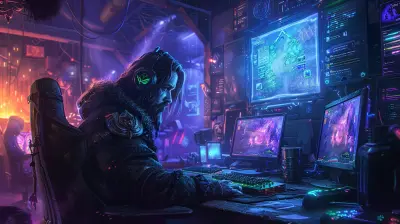
Using Player Analytics to Fine-Tune Your Game Design
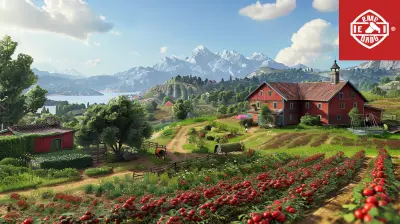
Mastering the Art of Farming: Top Tips for Simulation Enthusiasts
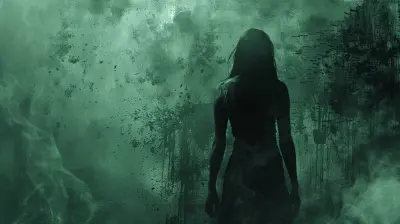
The Power of Silence: How Horror Games Use Quiet Moments to Terrify